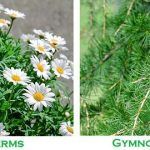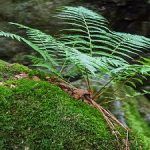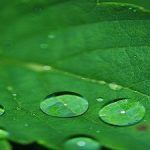Both the gymnosperms and angiosperms are significant groups of kingdom Plantae. But they widely differ in their appearance, growth, characteristics, and reproductive pattern. The gymnosperms on one hand bear the naked seeds. But the seeds of angiosperms are enclosed within the case or a covering of fruit. Gymnosperms have cones or strobilus as their reproductive organs. … [Read more...] about Difference Between Angiosperms and Gymnosperms
Botany
Difference Between Bryophytes and Pteridophytes
Liverworts, hornworts, and mosses are the examples of bryophytes. These are non-vascular plants i.e. do not contain xylem and phloem tissues. Spikemosses, clubmosses, ferns, quillworts are the examples of pteridophytes. They are termed as vascular plants as they contain xylem and phloem tissues. Generally, the plant can be divided into four parts which are roots, stems, leaf … [Read more...] about Difference Between Bryophytes and Pteridophytes
Difference Between Chlorophyll and Chloroplast
Chlorophyll is the food producers of the cell found in green plants, they are present inside the chloroplast. Chlorophyll plays a vital role in turning plants green and healthy. While chloroplast is a unique organelle found in all green plants and is the location of photosynthesis to occur where the green plants can convert sunlight into chemical energy. Chlorophyll is found in … [Read more...] about Difference Between Chlorophyll and Chloroplast
Difference Between Heterotrophs and Autotrophs
Plants, algae and few bacteria are said to be autotrophic as they are able to prepare their own food, with the help of sunlight, air, and water. Conversely animals like cow, dog, lion, horse, etc. are said to be heterotrophic as they cannot prepare their own food and depends directly or indirectly on others for their nutrition. The mode of nutrition acquired by the living … [Read more...] about Difference Between Heterotrophs and Autotrophs




